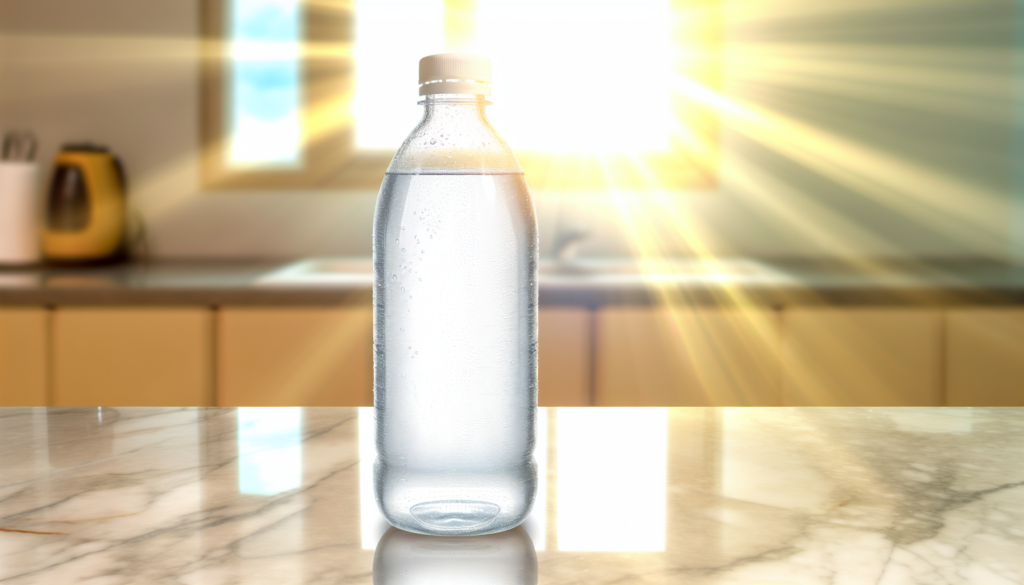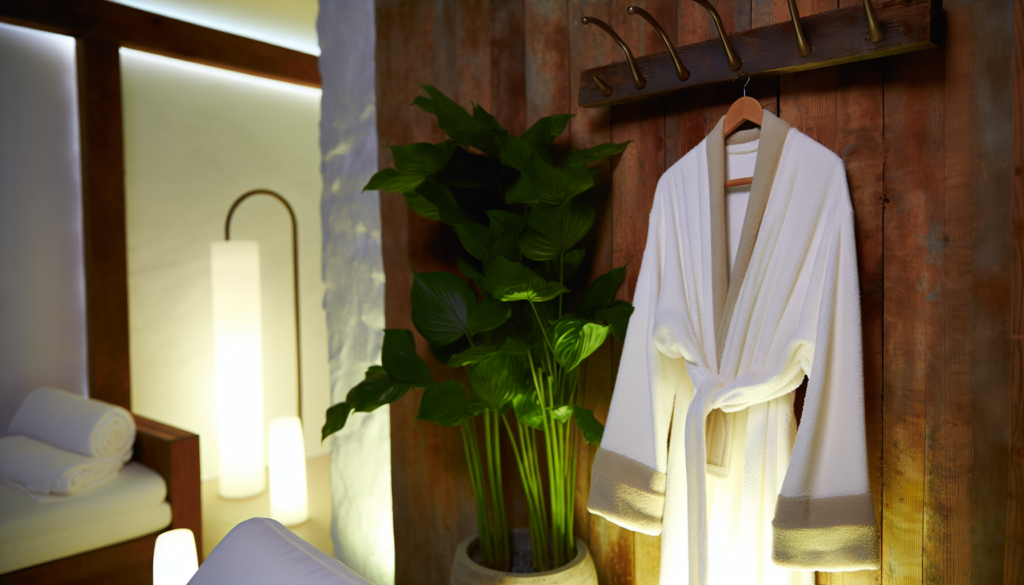Have you ever looked in the mirror and noticed your skin looking dull, tight, and just plain thirsty? You’re not alone. Dehydrated skin affects people of all ages and skin types, especially during seasonal changes or after too many late nights. The good news? It’s fixable! Unlike dry skin (which is a skin type), dehydrated skin is a temporary condition that occurs when your skin lacks water. With the right routine, you can restore your skin’s moisture levels and that coveted dewy glow in just a matter of days. Let’s explore a simple yet effective 7-step routine that will quench your skin’s thirst and bring back that healthy radiance you’ve been missing.
Understanding Dehydrated Skin: The Difference Between Dry and Dehydrated
Before jumping into our rescue routine, let’s clear up a common misconception. Dry skin lacks oil, while dehydrated skin lacks water. This means anyone—even those with oily or combination skin—can experience dehydration. The telltale signs include tightness, dullness, fine lines becoming more noticeable, and skin that feels rough or looks flaky despite using moisturizer.
The causes? Everything from weather changes, indoor heating, air conditioning, hot showers, certain skincare ingredients, not drinking enough water, and even stress can strip your skin of moisture. The good news is that unlike dry skin (which is genetic), dehydration can be reversed with the right approach.
Your 7-Step Routine to Fix Dehydrated Skin Fast
1. Start with a Gentle Cleanser
The foundation of any good skincare routine begins with cleansing, but when your skin is dehydrated, you need to be extra careful. Harsh cleansers can strip away your skin’s natural moisture barrier, making dehydration worse.
Remember, your skin shouldn’t feel tight or “squeaky clean” after washing—that’s a sign your cleanser is too harsh!
2. Add a Hydrating Toner
Forget everything you know about old-school, alcohol-based toners. Modern hydrating toners are nothing like their drying predecessors. They’re designed to add a first layer of hydration and help other products absorb better.
Choose toners with ingredients like glycerin, hyaluronic acid, or rose water. Apply while your skin is still slightly damp from cleansing—this helps lock in that moisture. Pat it in gently with your hands rather than using a cotton pad, which can absorb too much product.
3. Layer on a Hydrating Serum (The Game-Changer!)
This step is non-negotiable for dehydrated skin. Serums contain concentrated active ingredients that penetrate deeper layers of skin than moisturizers can reach.
The holy grail ingredient? Hyaluronic acid. This molecule can hold up to 1,000 times its weight in water and draws moisture into your skin. For extra dehydrated skin, look for serums that combine multiple molecular weights of hyaluronic acid to hydrate different skin layers.
Other beneficial ingredients include:
Apply 2-3 drops while your skin is still damp from toner for maximum absorption.
4. Add an Essence or Face Mist
This step might seem extra, but it makes a huge difference for severely dehydrated skin. Essences and face mists add another layer of hydration and can be used throughout the day to refresh your skin.
Look for products containing fermented ingredients, amino acids, or electrolytes. Keep a face mist in your bag, on your desk, or by your bedside for quick hydration boosts whenever your skin feels tight.
5. Seal Everything with a Moisturizer
Now it’s time to lock in all that hydration with the right moisturizer. When dealing with dehydration, look for formulas that contain both humectants (to attract moisture) and emollients or occlusives (to seal it in).
Good ingredients to look for include:
Don’t be afraid to use a richer moisturizer than usual until your skin recovers. You can always switch back to your regular formula once dehydration is resolved.
6. Apply a Facial Oil (Especially at Night)
Even if you have oily skin, don’t skip this step! When skin is dehydrated, it often produces more oil to compensate, creating a frustrating cycle. The right facial oil can actually help regulate sebum production while strengthening your moisture barrier.
Just 2-3 drops patted over your moisturizer can make a world of difference. Good options include jojoba oil (closely resembles human sebum), rosehip oil (lightweight yet nourishing), or squalane (suitable for acne-prone skin).
7. Weekly Hydrating Mask Treatments
Think of hydrating masks as intensive therapy sessions for your dehydrated skin. Use them 2-3 times per week while you’re in recovery mode.
Sheet masks soaked in hydrating serums provide immediate relief, while overnight sleeping masks work their magic while you rest. Look for masks containing hyaluronic acid, honey, aloe vera, or cucumber extract.
Lifestyle Adjustments to Support Your Routine
While your topical routine is crucial, don’t forget these important lifestyle factors:
How Long Until You See Results?
The beauty of addressing dehydrated skin is that you’ll likely notice improvements within days, not weeks. Your skin should feel more comfortable almost immediately after starting this routine, with visible improvements in plumpness and radiance within 3-7 days.
However, rebuilding a compromised moisture barrier takes a bit longer—typically 2-4 weeks of consistent care. Be patient and stick with your hydrating routine even after the initial symptoms improve.
Dehydrated skin happens to everyone at some point, but it doesn’t have to be a long-term problem. With this comprehensive 7-step routine, you’ll be well on your way to restoring your skin’s moisture balance and that healthy, radiant glow. Remember that consistency is key when it comes to fixing dehydrated skin fast, so stick with your new routine even after seeing initial improvements. Your skin will thank you with a smoother, plumper, more luminous appearance that no makeup can replicate!







